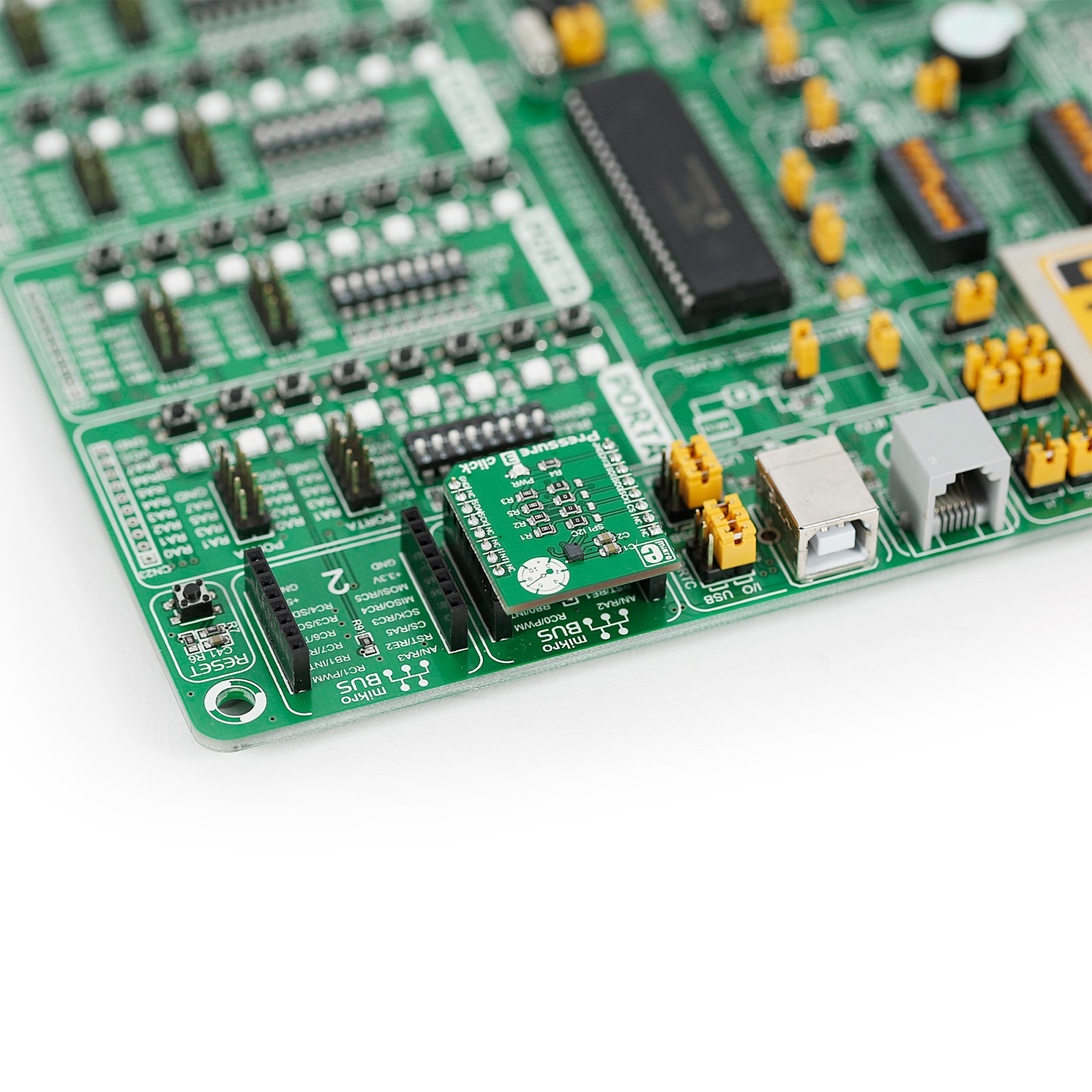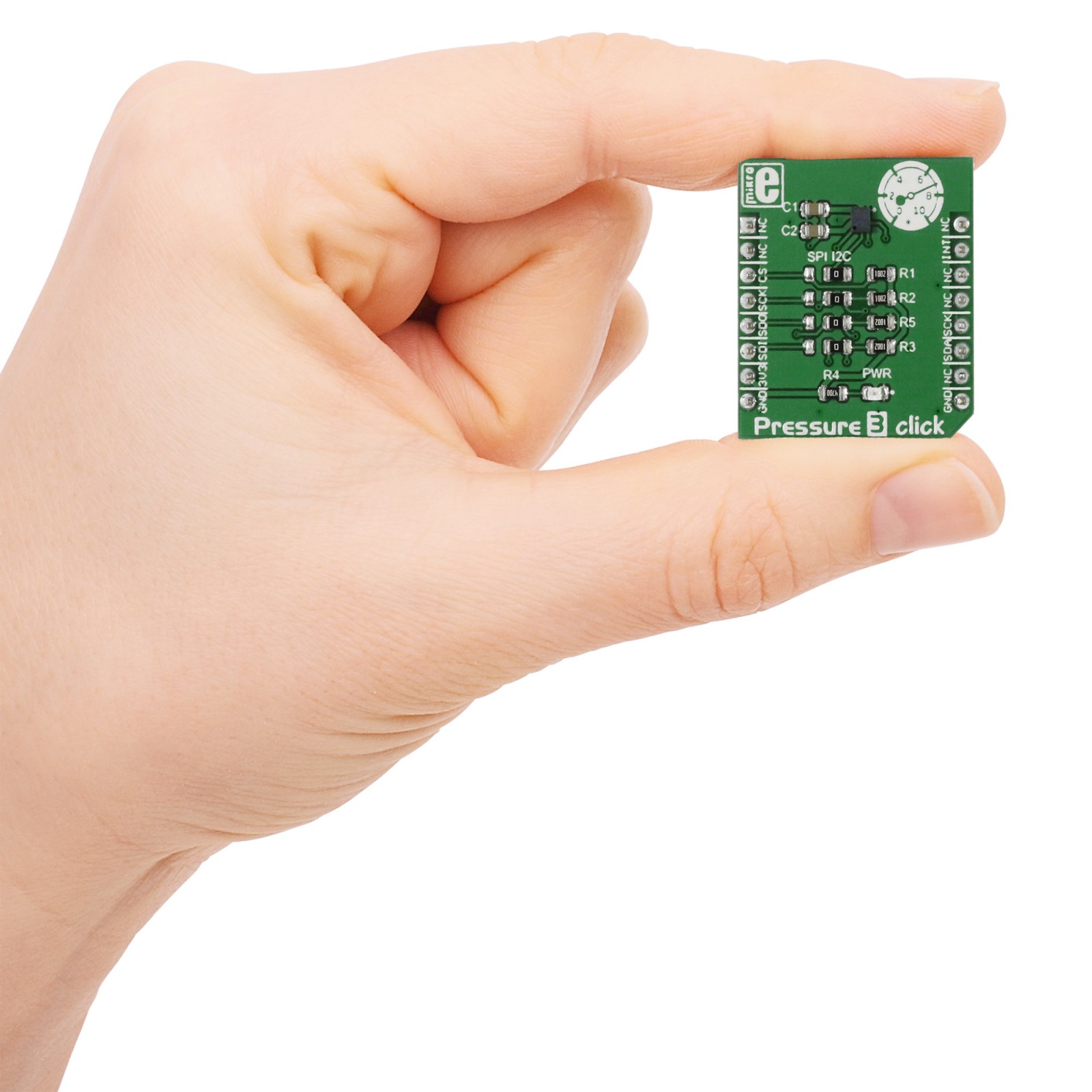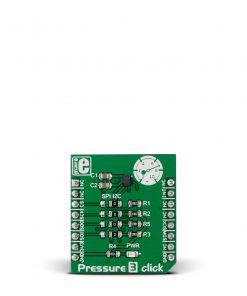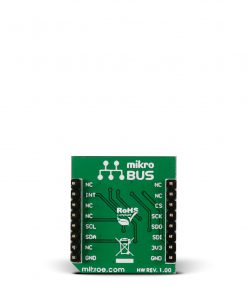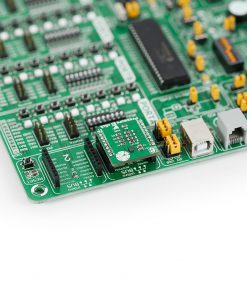-
×
 ccRF2 Click
1 × R820.00
ccRF2 Click
1 × R820.00 -
×
 ADC Click
1 × R550.00
ADC Click
1 × R550.00 -
×
 BUZZ Click
1 × R120.00
BUZZ Click
1 × R120.00 -
×
 EXPAND Click
3 × R265.00
EXPAND Click
3 × R265.00 -
×
 RS485 Click 5V
1 × R240.00
RS485 Click 5V
1 × R240.00 -
×
 GPS Click
1 × R1,100.00
GPS Click
1 × R1,100.00 -
×
 METHANE Click
1 × R345.00
METHANE Click
1 × R345.00 -
×
 GSM-GPS Click
1 × R1,350.00
GSM-GPS Click
1 × R1,350.00
Subtotal: R5,320.00



